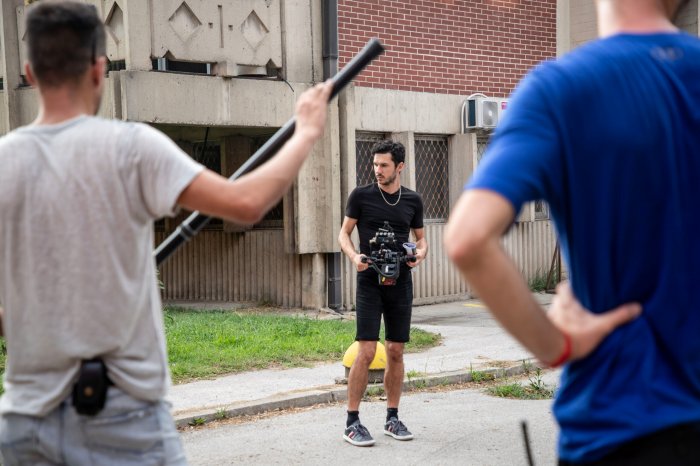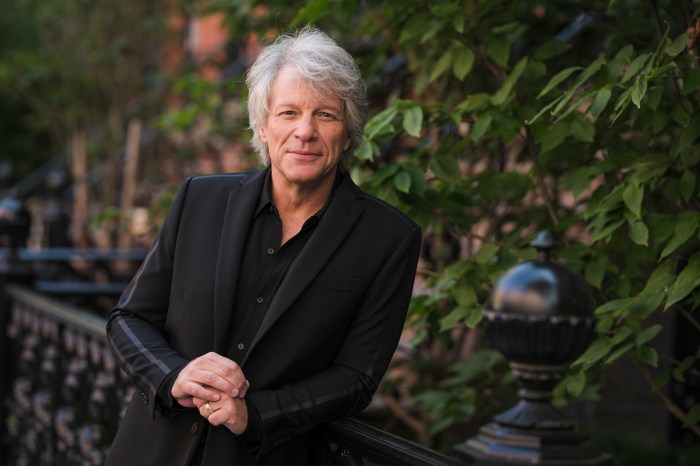Dr. Shelley Sella talks to one of her patients in Martha Shane and Lana Wilson’s documentary “After Tiller.” | OSCILLOSCOPE LABORATORIES
Watching Ken Loach’s 1971 “Family Life” a few months ago, I was startled by the casualness with which it introduces a subplot in which its troubled protagonist gets an abortion. If made today, it wouldn’t exactly play as pro-choice — she’s basically forced into the procedure by her controlling mother. Yet abortion is so taboo in American TV and cinema that practically any acknowledgment of it is de facto pro-choice.
Into this climate comes Martha Shane and Lana Wilson’s “After Tiller,” a documentary on the four doctors who perform late-term abortions in the US. Along with some more worthy qualities, it unfortunately epitomizes some of the worst aspects of contemporary American documentaries: a saccharine folk/ New Age score, cheap-looking cinematography and lighting, and a perspective that assumes that everyone who’s likely to watch the film agrees with its position.
“After Tiller” begins with the murder of late-term abortion provider George Tiller in Wichita, Kansas. Since his assassination, Dr. LeRoy Carhart, Dr. Warren Hern, Dr. Susan Robinson, and Dr. Shelley Sella (who is a lesbian) are the only remaining doctors who provide third-trimester abortions. “After Tiller” combines images of their interactions with patients at clinics in New Mexico, Nebraska, Maryland, and Colorado, where they frequently face protesters, with interviews with the doctors and scenes of their daily lives away from the office.
A look at the handful of late term practitioners preaches to the choir
Shane and Wilson film some very intimate doctor/ patient consultations. They keep patients’ faces offscreen, keeping the camera focused on women’s bodies instead. When they shoot the doctors, they’re able to get closer, but the lighting is often blown-out and too bright. I can understand why their production circumstances required them to use a small, consumer-grade video camera, but in this case, it really makes “After Tiller” look like a student film. A friend suggested that there’s evidence of post-production trickery to make the film seem slicker, but it didn’t help much.
The most valuable aspect of “After Tiller” is breaking down stereotypes about women who get late-term abortions. Only one percent of all abortions are performed during this time frame — though that may be partially due to the fact so few doctors handle them. Even in the view of many otherwise pro-choice people, they border on infanticide. The majority of the women who approach the doctors in “After Tiller” do so for medical reasons — their children would go on to have a miserable quality of life due to birth defects. One woman wants to get an abortion because her baby wouldn’t be able to eat or walk without assistance. Women also sometimes spend long periods in denial about being pregnant, either because they’re very young or because their pregnancy is the product of a rape.
However, in one case, a woman who wants to get an abortion does so because of the likelihood of “mild to severe mental retardation” in her child. It’s her decision to make about how difficult raising such a child is likely to be, but where do the doctors draw the line about when such decisions turn into euthanasia or eugenics? What would they say to a woman who wants to abort a fetus because it has Down’s syndrome? (As far as one can tell from the film, the law seems to put them in the position to make such judgment calls.) It’s clear from the way the doctors profiled in “After Tiller” speak that they’ve thought long and hard about these ethical questions, but it’s not obvious from the film itself that the directors have.
The questions raised by “After Tiller” aren’t likely to be answered any time soon, because there’s never going to be a society-wide consensus on when life begins. The film doesn’t do itself any favors by never speaking directly to anyone on the anti-abortion side. All of its images of pro-life protesters come at a distance — as they wave signs outside clinics or appear at hearings — or via the news media. I understand that “After Tiller” is intended to be a pro-choice film and have no problem with that. It would be a stronger one if it took the other side more seriously.
AFTER TILLER | Directed by Martha Shane and Lana Wilson | Oscilloscope Laboratories | Opens Sep. 20 | Film Forum, 209 W. Houston St. | filmforum.org
Elinor Bunin Munroe Center, Film Society of Lincoln Center, 144 W. 65th St. | filmlinc.com


































